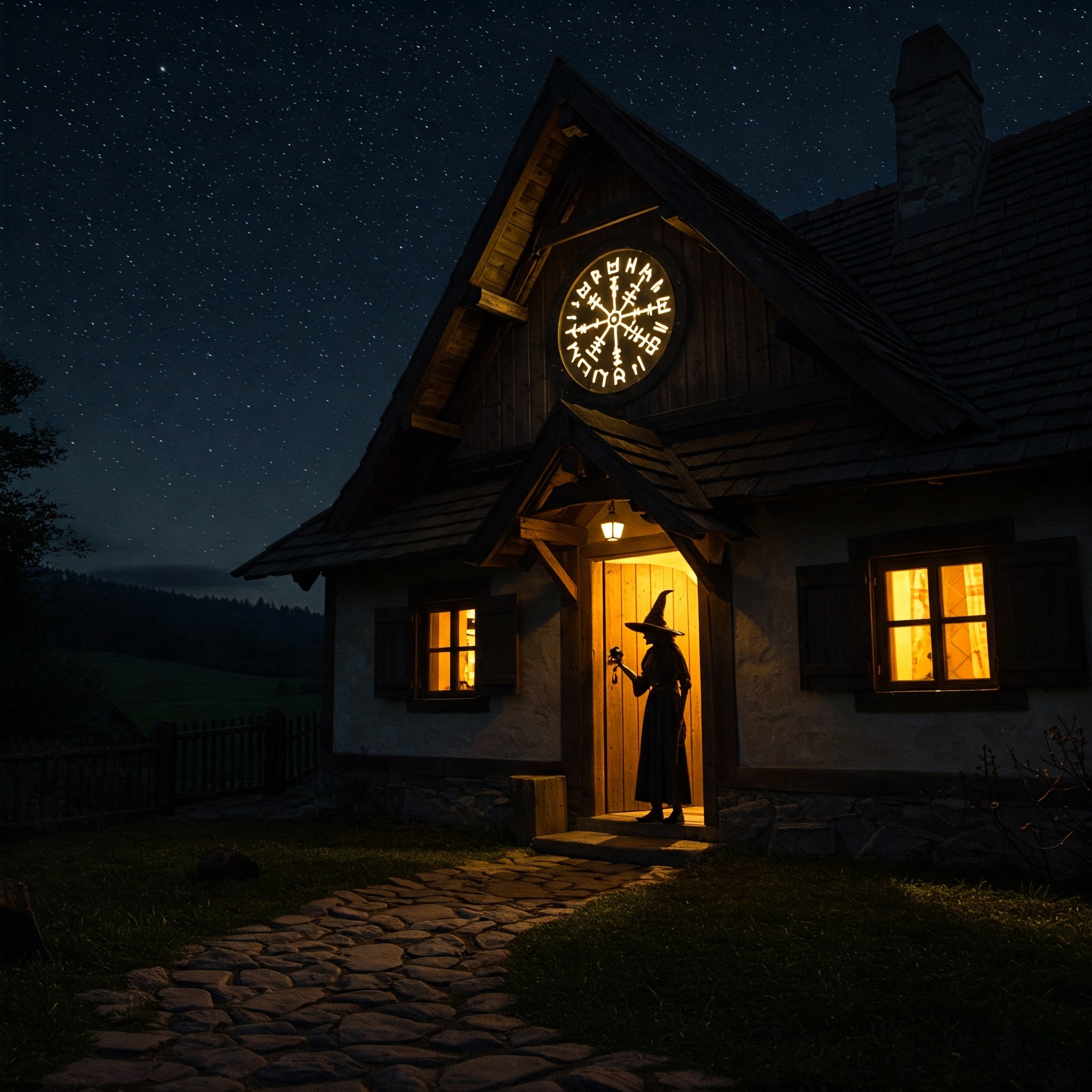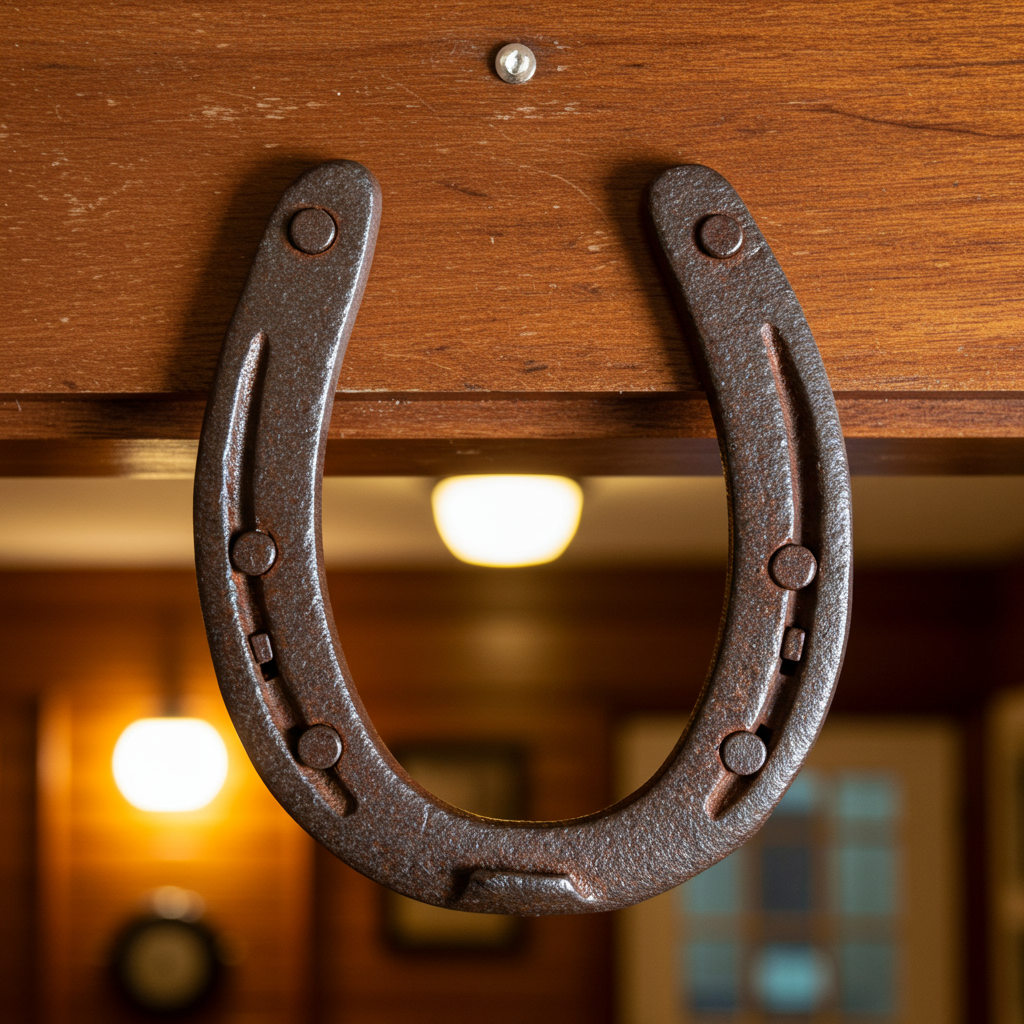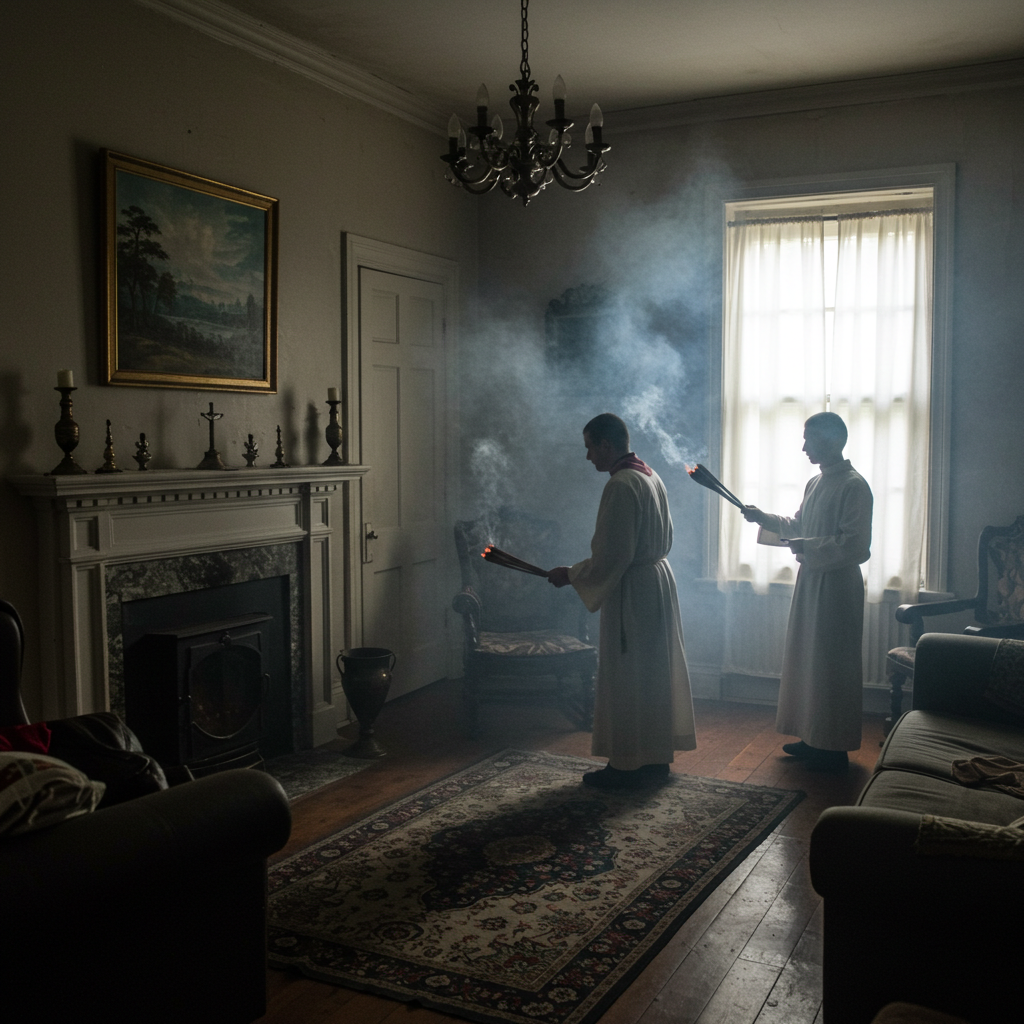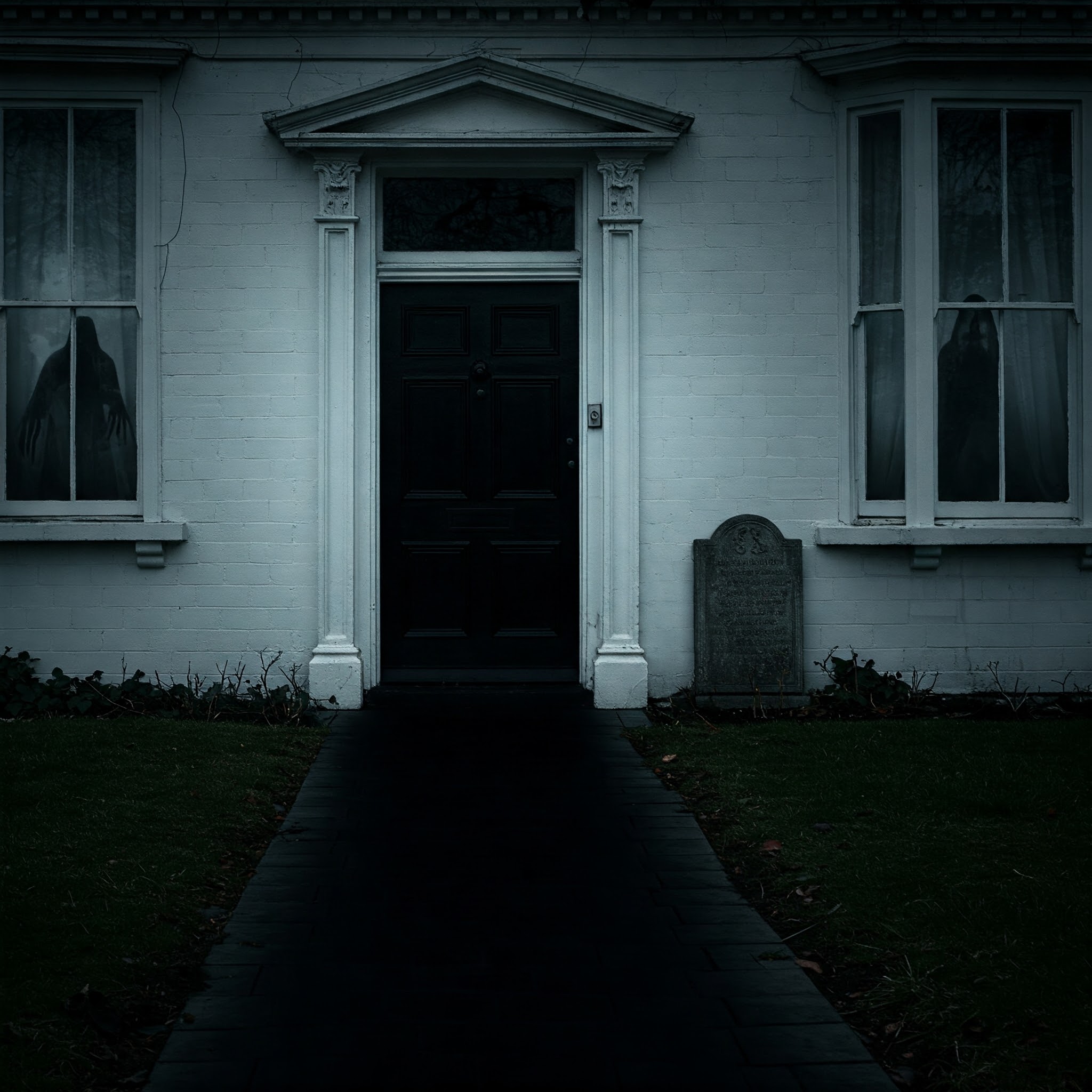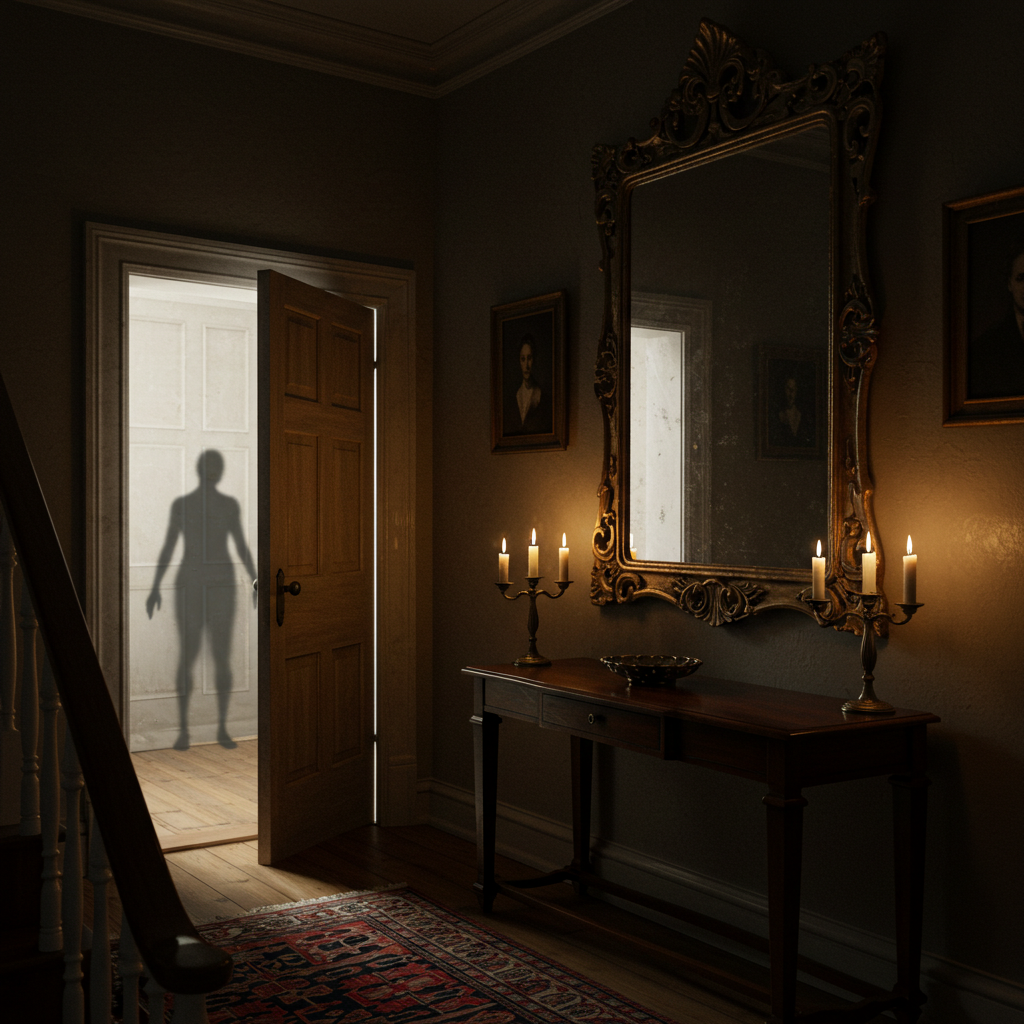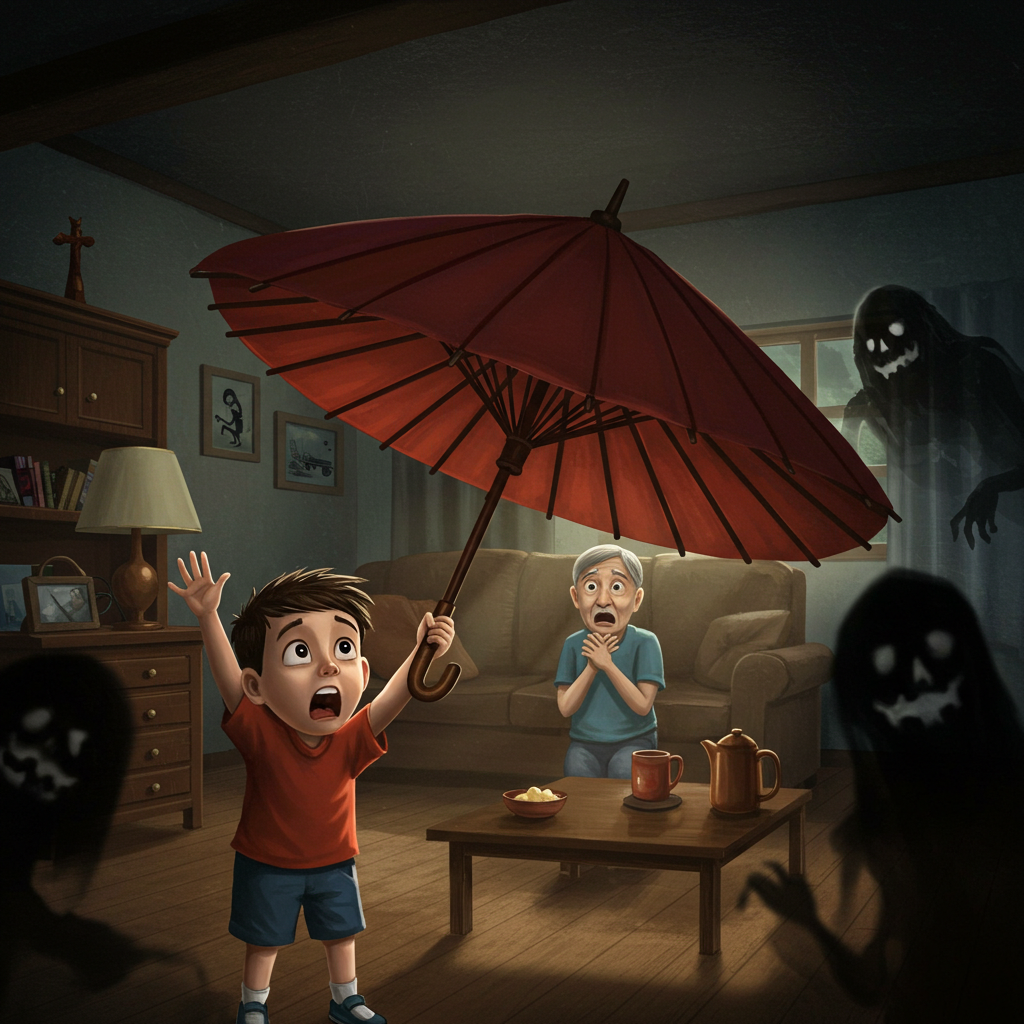European folk beliefs, especially prevalent during the early modern period, held that witches were unable to enter private homes unless explicitly invited by someone inside. This restriction applied to homes that were considered spiritually protected—whether through blessings, construction features, or the presence of household spirits. The idea functioned similarly to rules about other supernatural beings such as vampires or demons, reinforcing the idea that spiritual protection is only compromised when internal consent is given.
Multiple mechanisms were thought to enforce this boundary: divine blessings over the home created protective auras; architectural features like iron horseshoes above doors or certain carvings acted as magical deterrents; and the threshold itself symbolized a liminal space between the secure interior and the unpredictable outside world. Saying phrases like “come in” without caution—especially during liminal times like dusk or religious holidays—could be seen as inadvertently allowing dangerous entities entry.
